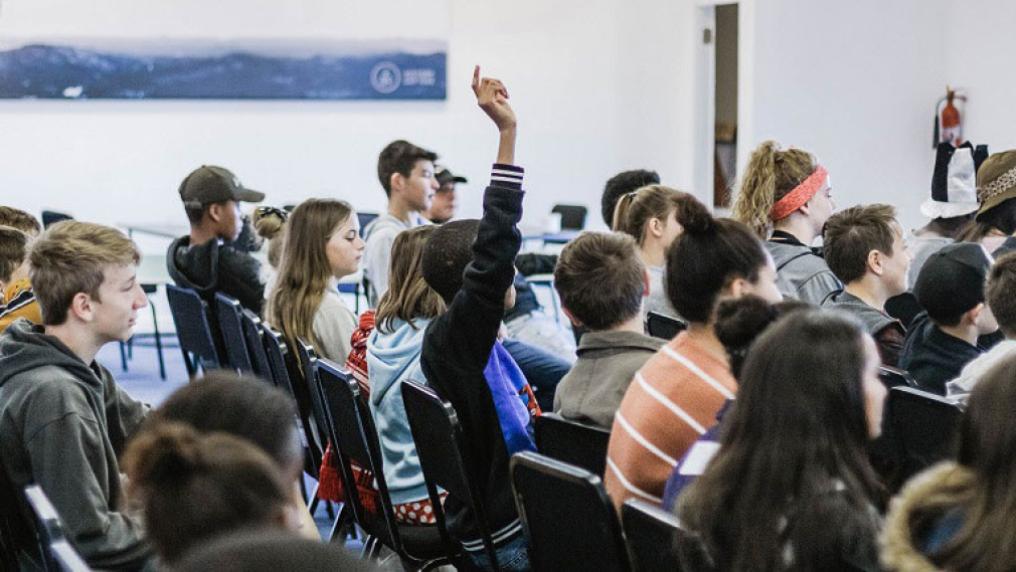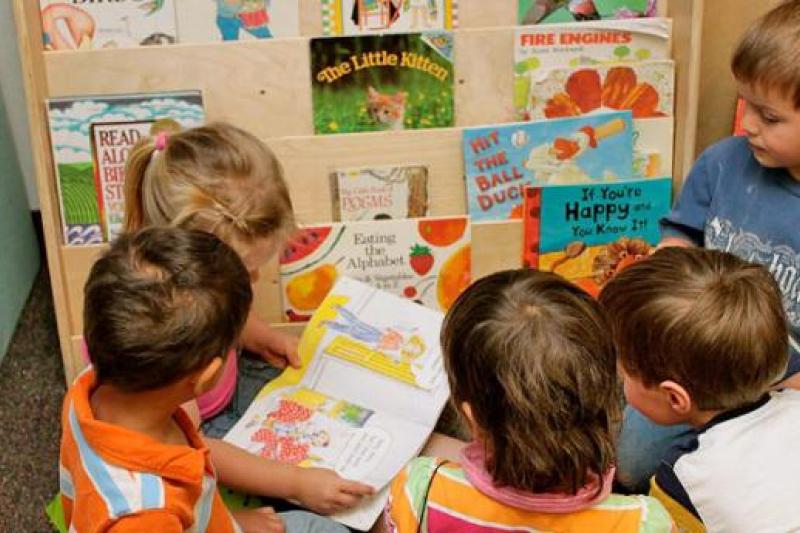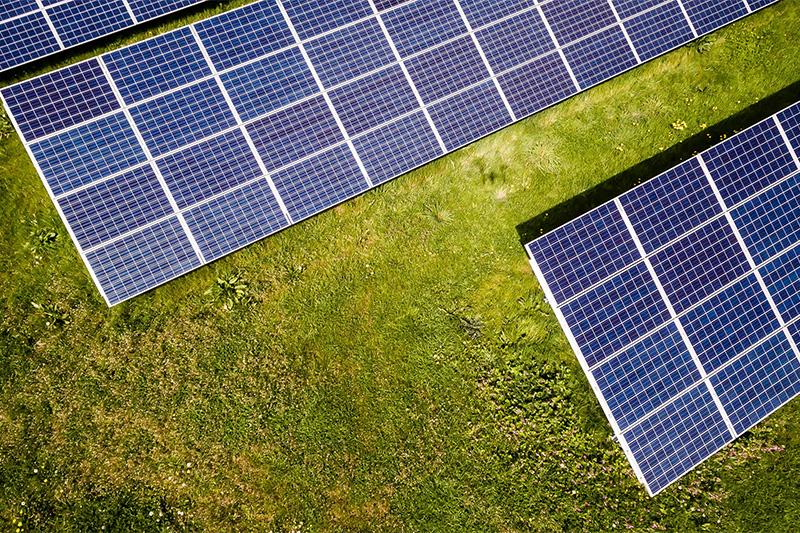Federal election 2016: What’s on the table for schools?

School education is always a top policy priority for voters in Australia. So what’s on the table for this year’s federal election? And what is still unknown?
Labor’s policy proposals
Labor’s policies are mapped out in two key documents: Growing Together: Labor’s Agenda for Tackling Inequality and Your Child, Our Future: Innovation through Education.
These are supported by evidence that well-targeted investment in education is one of the best tools that governments have for boosting innovation and national productivity and for reducing social and economic inequalities.
Media commentary has focused on Labor’s pledge to reinstate and fully fund Gonski. This would mean Commonwealth funding for schools increases and is directed to schools based on their relative need, using a “base + disadvantage top-ups” funding formula.
Targeting funding to where educational needs are greatest can reduce the growing gaps in educational outcomes between rich and poor students and schools, and between metro and rural/regional schools.
There are other notable elements in Labor’s policy package. These include strengthening teacher quality (with initiatives for pre-service and in-service teachers), more individual attention to better meet every child’s needs (which involves greater engagement with families and greater support for disabilities and special learning needs), increasing Year 12 completion rates to 95% by 2020, and building up STEM skills, coding skills and entrepreneurial skills – recognised as vital to children’s and the nation’s future.
Coalition yet to release plans
The federal Coalition hasn’t yet released specific election policies for schooling. However, we get a good idea of its priorities from StudentsFirst. This policy approach has four pillars: teacher quality, school autonomy, engaging parents in education and strengthening the curriculum.
These are all worthy pursuits with potential to “make a difference” as claimed by the Coalition, but some important nuances and disclaimers are required.
As highlighted by the White Paper on the Reform of the Federation and the Gonski Review of School Funding, the federal government has very limited capacity to intervene in – and improve – schooling. This includes teaching and curriculum.
Teacher quality is critical, but focusing only on admission requirements and initial training is unhelpfully narrow. More can be done to support and enhance the valuable work of teachers already in the classroom to best meet the varied needs of their students, such as strengthening partnerships between schools and universities.
School autonomy (self-management) can contribute to improved results if it means schools have greater flexibility in how they respond to particular needs and interests of their students, and can spend more time focused on student learning.
But it is dependent on good leadership at school level, good systemic support and good reporting mechanisms. Policy must not simply cut schools loose and make them responsible for things over which they have limited or no control, often without necessary resources.
Greater systemic support (allowing school leaders to focus on leadership rather than administration) and greater collaboration and sharing of resources among schools of all sectors – as proposed by Victoria’s Bracks Review earlier this month, and in our report Shared Work of Learning – are necessary to complement school self-management.
And as the principal of Bendigo Senior Secondary School has pointed out, autonomy for public schools is very different to that of private schools. The latter can select their students and charge tuition fees.
On school funding, the Coalition has repeatedly pledged its commitment to a needs-based funding system. But in government it has also emphasised there won’t be a “cash splash”. The Coalition points to evidence that student performance in national and international tests has fallen or flat-lined despite government funding for schools increasing significantly. How the money is spent is most important, the Coalition insists.
This is true. The reason school funding increases didn’t result in proportional improvements in learning is because much of this funding was poorly allocated and change takes time.
The Coalition’s position on Gonski could change before the election. Polling indicates (surprise!) that voters are very keen on more school funding and better-targeted school funding.
It could nicely dovetail into the Coalition’s Innovation Agenda as a key investment for the future. We – along with voters – are watching this space with interest.
Vocational education & training
Vocational education deserves attention here. More than 240,000 students are enrolled in vocational education and training (VET) in schools programs in more than 90% of Australian schools.
The federal Coalition recently rolled out two new programs – the A$500,000 P-TECH pilot program involving collaborative partnerships between schools, industry and community to provide training and qualifications and pathways to employment, and the A$6.82 million multi-industry school-based and apprenticeship support pilot project to provide introductory training across a range of industry areas.
However, neither of the major parties has committed to any vocational education reforms for school students in the lead-up to this election.
The broader VET system has been plagued with a range of quality, funding and governance issues, but both major parties have deferred consideration of any VET system reform to 2017.
We hope to see more policies targeted at expanding meaningful vocational pathways for school students.
This article was originally published on The Conversation. Read the original article.



